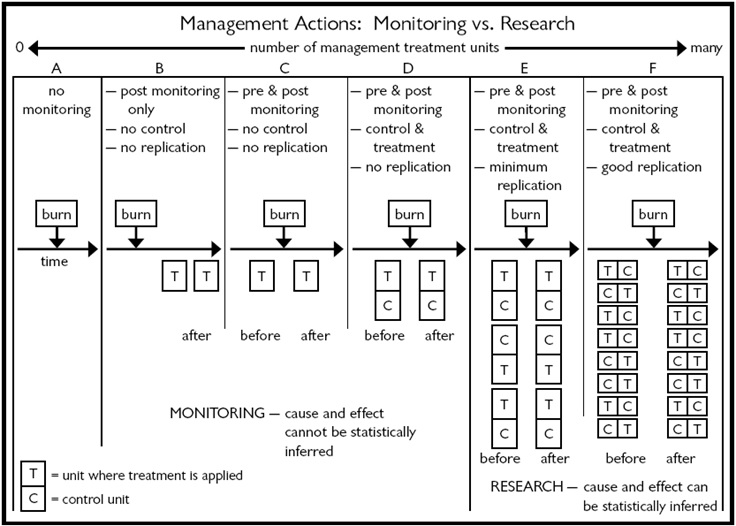NR220 – Natural Resource Ecology and Measurements
This is an experiential, place-based, natural resources course focused on the ecology and characterization of the Rocky Mountain ecosystems. Through team-based teaching, this course integrates knowledge across the natural resource disciplines of forestry, range management, wildlife management, hydrology, and human dimensions. The course challenges student to develop an integrated approach to managing natural resources, while learning to identify, characterize, and discuss the biotic and abiotic elements that form natural communities.
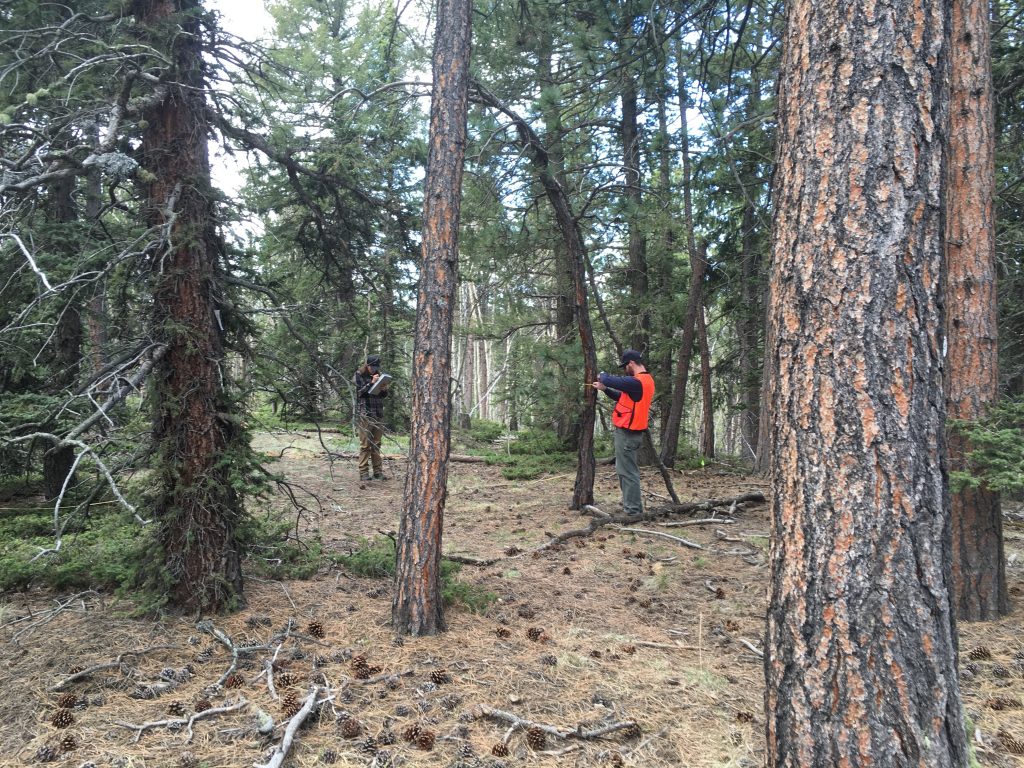
NR421 – Natural Resource Sampling
This course provides an overview of the theory, principals, and process involved in collecting, processing, and interpreting sampling data of various natural resources. This is intended to provide an understanding of the sampling designs and statistical approaches commonly implemented within natural resource management. It primarily focuses on the statistics and theory of natural resources and management sampling, including topics such as simple random sampling, stratified random sampling, systematic sampling, cluster sampling, and multiphase sampling. These design approaches are reinforced through discussions of monitoring and adaptive management strategies. The course culminates in a term project were students develop, implement, analyze, and report on a natural resource survey.
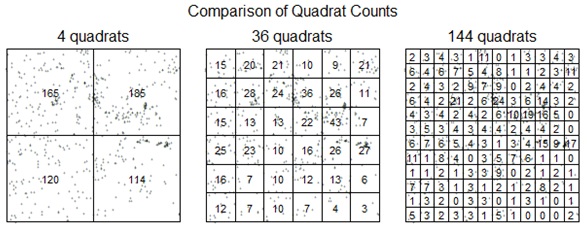
NR566 – Natural Resource Inventory and Data Analysis (Online)
This course is intended to reinforce the statistical principals of sampling in natural resources and their place within management decision making and monitoring. The course starts by reviewing the fundamental probability theories and sampling principals that make it possible to readily summarize inventory data. We then discuss and practice using the general sampling process along with the merits and limitations of different sampling strategies. Finally, we breakdown the concepts of monitoring, adaptive management, and approaches for formalizing management objectives. By the end of the course students should be comfortable with discussing the statistical and managerial aspects of sampling and beginning to apply these concepts themselves.
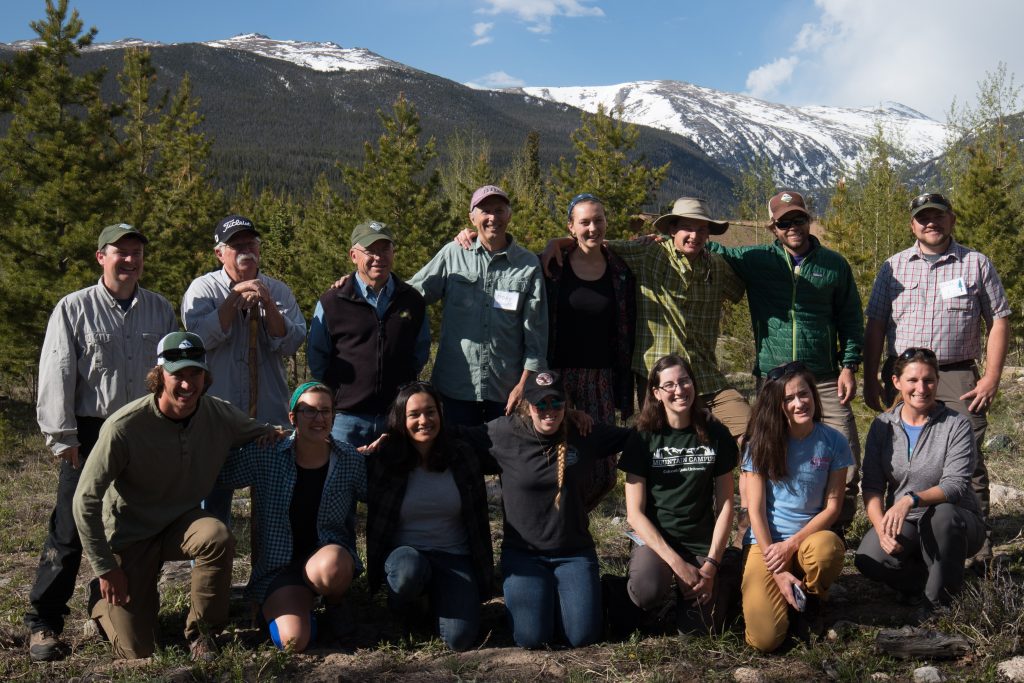
F321 – Forest Biometry
This course challenges students to master the skills needed in forest measurements and sampling design. Half of the course focuses on measurements related to forest resources and management, including the techniques used in determining the volume and quality of logs, trees, and stands of trees. A major objective of the course is for students to learn how to measure vegetation, but also to develop a frame of reference to interpret various forest structural attributes. The other half of the course provides students with an understanding of the sampling designs and statistical approaches commonly implemented within forest management. Focusing on the statistics and theory of sampling forest resources for management, including topics such as simple random sampling, stratified random sampling, ratio estimation, and multiphase sampling. The course culminates with a practical field project, were student groups are expected to develop, implement, analyze, and report on a forest inventory to meet specific objectives.
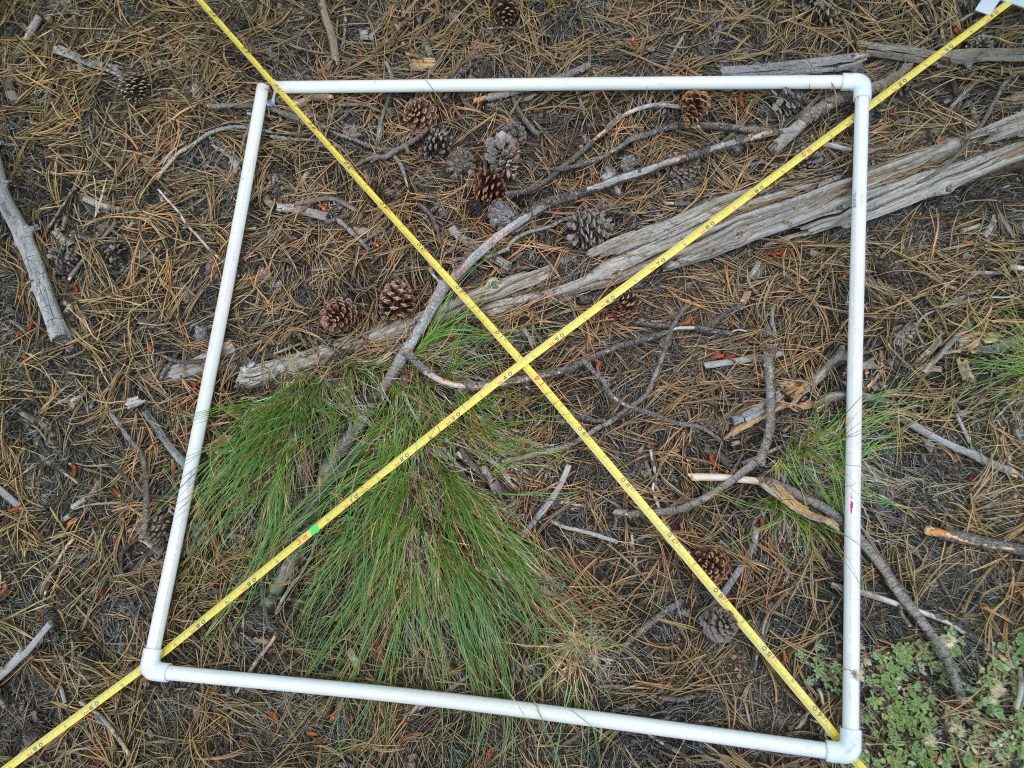
NR512 – Spatial Statistical Modeling
Spatial statistics refers to statistical methods designed to analyze spatially referenced data (i.e. data with known X and Y coordinates). When used to analyze spatially referenced data, conventional statistical methods may lead to incorrect conclusions, or are simply unable to answer spatially informed questions. For example, conventional statistical methods cannot be used to answer questions about spatial patterns – and the underlying causes of these patterns – present in the dataset. This course introduces a variety of statistical methods (loosely termed Spatial Statistics) specifically designed to analyze spatially referenced data and ask spatially informed questions. These concepts are reinforced through student led discussions of important concepts and concerns when analyzing spatial data. Students are encouraged to bring their own datasets for use in developing, conducting, and writing up an applied spatial statistics analysis problem.
